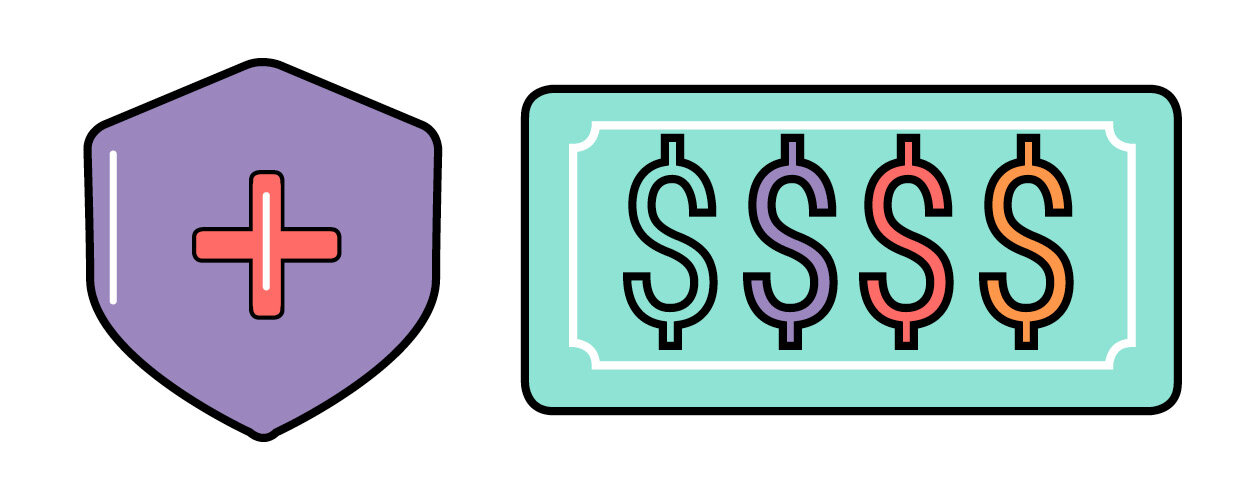The Healthcare Hustlers want to empower you to be a savvy healthcare consumer. There are many ways to reduce your healthcare costs, but if you are new to this, you’ll want to start here.
The first thing to know before you receive any healthcare services: stay in-network when possible.
Next, before paying any healthcare bills, read your Explanation of Benefits (EOB). You can save THOUSANDS over the years by double checking them.
Your EOB is a document mailed or emailed to you and to your provider from your health insurance company. The EOB outlines the services you received, the amount insurance paid for them, and the amount you owe. It also provides a more general summary of your account, including how much is remaining in your deductible and out-of-pocket maximum.
Things to Look For:
“Amount You Owe” or “Total Patient Responsibility” - This should match the amount of your bill from the provider
“Not Covered” or “Not Payable By Plan” - If you get a bill from the provider for any amount listed as “not covered or not payable by plan on the EOB, look for more detail. Usually the EOB will state why something wasn’t covered, and will state if the provider is allowed to bill you for it or not. Oftentimes, you can call the provider to negotiate or drop these uncovered charges.
“Out-of-Network” - If your provider is listed as out-of-network but you thought they were in-network, call your provider and insurance company to double-check. Oftentimes, providers work under several federal Tax ID numbers*, and some of those may be in-network while others are out-of-network. Even if they can’t rebill or reprocess as in-network, the provider may try to match the in-network rate.
Tips:
Every insurance company has a different format for their EOB. Check out some of the most common: BCBS, Aetna, Cigna, Kaiser, UHC.
If you don’t understand something listed on your EOB, you can call your insurance customer service line (number listed on the back of your insurance card) to ask in specific detail.
Learn more about what to do if you get an unexpected medical bill, High Deductible Health Plans (HDHP), Health Insurance 101, Mental Health, Open Enrollment, and using your FSA Money.
We would love to hear your experiences! If you have ever caught an error on your bill by looking at your EOB, let us know what you found!
*Tax ID numbers are federal ID numbers assigned for people or business in the US. A provider can be listed under multiple. For example, if Dr. Ann provides care at her own private practice, she may use one Tax ID number, but she could also be part of a physician group that works at a local hospital, and she might bill for those services under a different Tax ID that is associated with that physician group. If you want to be extra diligent in your visit planning, you can call your doctor to ask what Tax ID they bill under, then call your insurance company to see if that Tax ID number is listed as “in-network”.


